When browsing the web, most people know the basics of protecting themselves – don’t enter your Social Security number into random popups that ask for it, only enter your credit card information on secure sites and keep your passwords unique and unpredictable. But smart home technology is a different story.
The smart home industry is estimated to reach $53 billion by 2024, with millions of people implementing smart lights, personal assistants and other devices into their day-to-day lives. These devices rely on knowing your personal routines to provide countless benefits, from convenience and comfort to cost and energy savings. But how much information do they really need? And how much information should you share with your home devices? Here’s a guide to ensuring your home’s wireless security can’t be outsmarted.
Take Stock of Your Connected Devices
On Nov. 15, 2017, security companies revealed nearly 20 million smart home devices like Amazon Echo and Google Home were vulnerable to attack due to an exploit called BlueBorne. The massive 2016 cyberattack that brought down Twitter and Netflix for a day was orchestrated with over 100,000 hijacked smart home devices. The attack was a nuisance, but what if hackers had stolen the payment information stored on those devices?
The first thing to do to protect yourself is to recognize the areas in which you’re vulnerable. All gadgets, utilities, voice assistants and tablets that connect to the internet should be secured. One way to streamline this process is to integrate all devices through a smart home hub, so that you can manage everything in one place. Your internet service provider can help set this up.
Install Updates as Soon as They Become Available
One of the easiest ways for a malicious hacker to gain access to devices is through outdated software. When an update for the operating system or firmware of one of your smart home devices becomes available, install it right away. You should also keep the apps you use to run these devices up to date, along with the operating system of your smartphone.
Make this process easier by enabling automatic updates whenever possible. Just keep in mind that some devices may require you to press a physical button on the device to complete the update. Make it part of your routine to check for updates once each week. While up-to-date software doesn’t guarantee protection, it does eliminate potential vulnerabilities.
Change Your Wi-Fi Network Name
While most hacks (like most break-ins) are crimes of opportunity, you can avoid making yourself a target by changing your Wi-Fi name. Most people use a network name like “Mark’s Home.” A name like this is not only kind of boring, but it also pinpoints exactly which house is providing the Wi-Fi connection.
Change your Wi-Fi name to something obscure or whimsical. Some potential names are “Black Pearl Wi-Fi,” “Ici C’est Paris” and “HeWhoMustNotBeNamed.” These names are fun and easy to give to guests and keep your home’s connection anonymous.
Use a Unified Threat Management (UTM) Appliance
A UTM appliance sounds more complicated than it actually is: this device monitors your home network for intrusions and then implements security measures to keep your data safe. Most UTMs also include antivirus protection for the network at large, even though viruses are not (yet) a problem for smart home devices.
More expensive UTM options provide fully staffed monitoring stations that investigate unusual activity on your network. These devices function much like monitored security cameras; if something out of the ordinary happens, you’ll be contacted so that proper countermeasures can be taken.
Pay for Quality
A simple truth of the technological world is that you often get what you pay for. While buying from brand names may carry a slightly higher price tag, it often brings better quality. If you purchase a third-party alternative (for example, one of the Amazon Echo clones) with limited documentation, you have no way of knowing what types of network security the device has.
When you ping a voice assistant with a query, the information is transmitted back to the central servers to be processed, and then an answer is sent back to you. Make sure the data is going to a company you trust.
Turn On Strong Authentication
Strong authentication – often referred to as multi-factor authentication (MFA) – does more for your security than nearly any other step you take. If possible, enable strong authentication for your financial institutions and any devices that have access to monetary transactions or other personal information. Strong authentication tools include biometrics (a fingerprint or face scanner), security keys or a unique, one-time code through an app on your mobile device.
Even if someone gained your username and password, it’s far less likely they would have access to one of these additional authentication measures.
Secure Your Information in the Age of the Internet of Things
The Internet of Things has just begun. Prices are dropping, and smart home technology is becoming more accessible. Like the growth of personal computers, more and more people will implement technology that streamlines their lives and provides new levels of convenience. Just make sure to take the time to secure these devices. While being able to order a Lyft as you walk out the door is a dream come true, someone hacking into your Google Home device and stealing the payment information stored there is a nightmare.
Thankfully, smart home security is simple to implement. Update your devices, enable MFA, use smart security practices and work with service providers you trust. You’ll stay smarter than these gadgets, and they’ll continue to make your life easier instead of more difficult.
